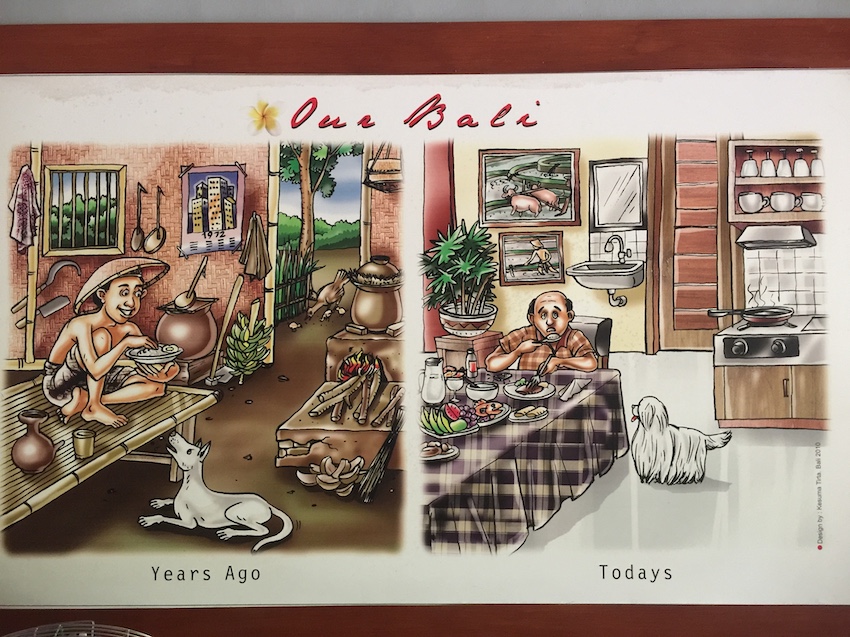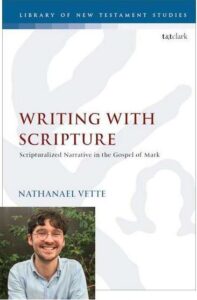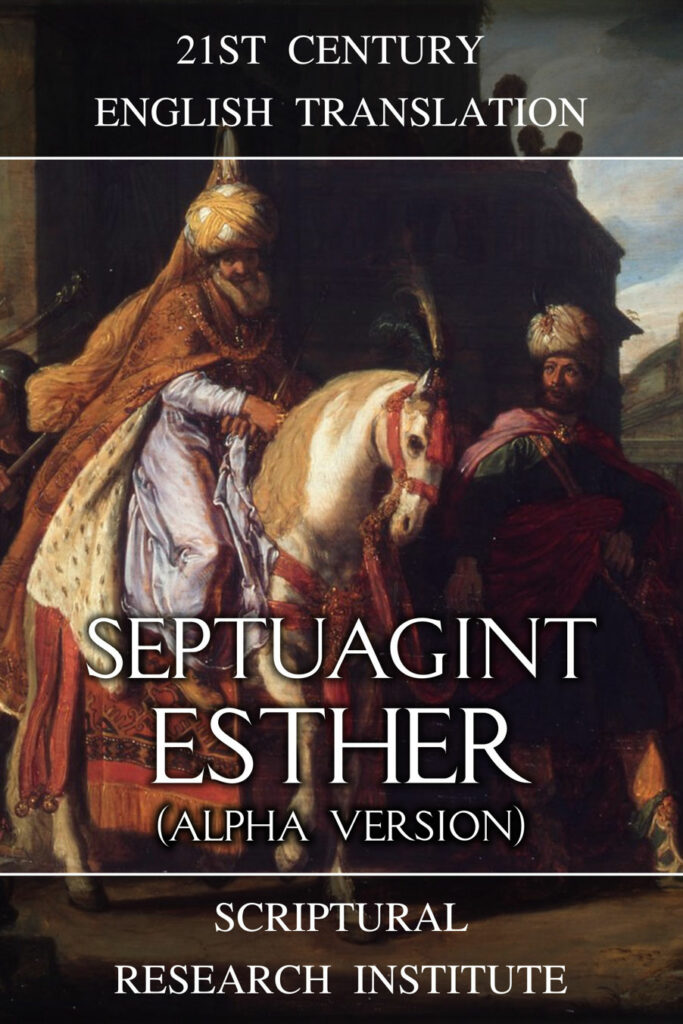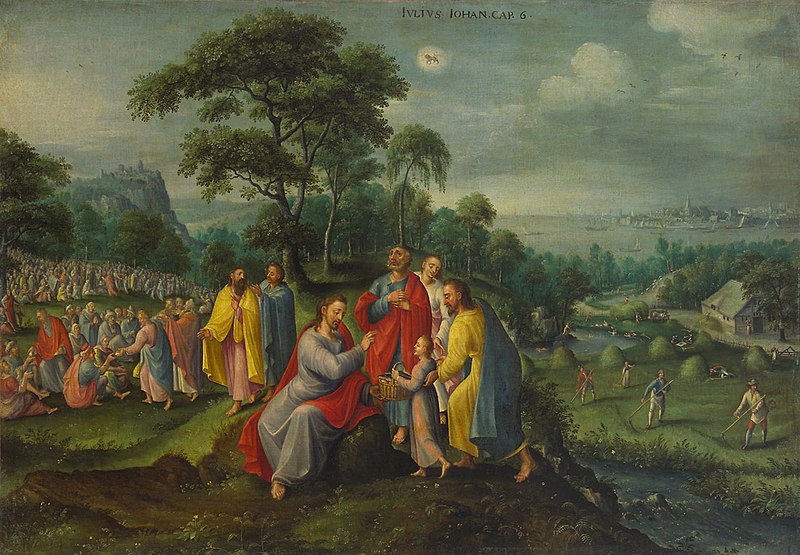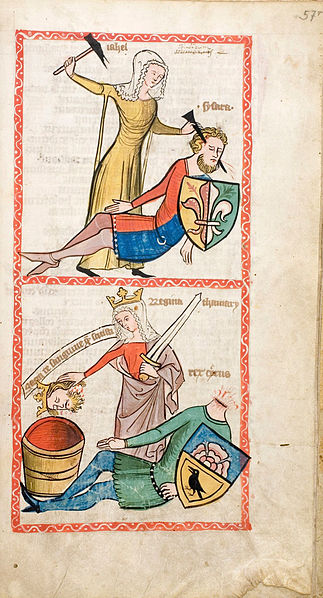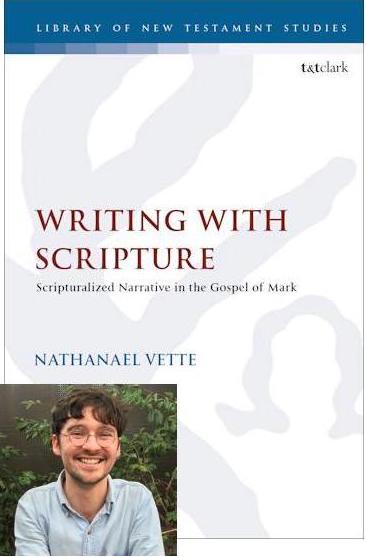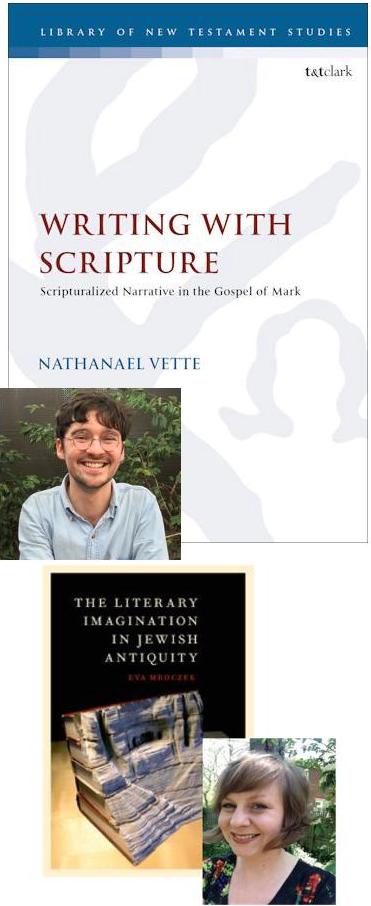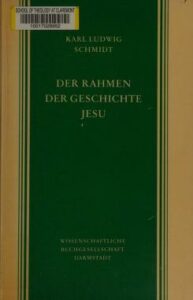I wrote in the previous post that certain New Testament scholarship comes across as trying to establish the historicity of this or that detail in the Gospels by relying upon a naive reading of the text and concluding that if we cannot trace the event to some other literary influence then, by default, it is “probably historical”. (One could add to that method the default assumption that the same is true of a miracle if one can rationalize a naturalistic origin for the tale and there is no clear literary borrowing.) I won’t discuss all the problems with that sort of default reasoning (I have posted many times on historical methods, both the flawed and the flawless) but want to focus on just one passage in Paul’s writings that has been used as evidence that the authors of the Gospels often drew upon oral traditions that were repeated and mingled with scriptures in the course of their retelling. Here is what I wrote a day or so ago offering my problem with Mark Goodacre’s claim that Paul’s discussion of the eucharist is possible evidence for such pre-gospel (“scripturalized”) oral traditions:
Goodacre attempts, in part, to justify how “scripturalization” worked by reference to Paul’s message to the Corinthians about the “tradition” he received on the institution of the eucharist:
I Cor. 11:23 For I received from the Lord what I also passed on to you: The Lord Jesus, on the night he was betrayed, took bread,24and when he had given thanks, he broke it and said, “This is my body, which is for you; do this in remembrance of me.”25 In the same way, after supper he took the cup, saying, “This cup is the new covenant in my blood; do this, whenever you drink it, in remembrance of me.”26 For whenever you eat this bread and drink this cup, you proclaim the Lord’s death until he comes.
Goodacre comments:
Which came first? Historical event or biblical precedent? Crossan’s answer is clear: ‘In the beginning was passion prophecy, not passion narrative’. But what if Paul gives us the best clue by placing tradition alongside the scriptures, seeing one interacting with the other, uniting event with precedent? If history and scripture were from the first in conversation with one another, perhaps the best answer to the question is to say, with a celebration of its ambiguity and an investment in its dual meaning, In the beginning was the Word. (p. 51 – my bolding)
But “tradition” is not what we see in Paul’s words. Paul speaks of what he received from the Lord, not from others. (Many attempt to find a way to argue that Paul meant that he received the “tradition” from other persons but that’s not what we read in his letter to the Corinthians.) Another item missing from Paul’s discussion is “Scripture”. So the passage does not combine tradition and Scripture and accordingly fails as a support for Goodacre’s explanation of how scripturalization worked as far as I can see.
What I want to add here is that all the other surviving evidence that we have for early Christian thought tells us that the “tradition” supposedly passed on by Paul was unknown to anyone else — at least until (if we rely solely on hard evidence and not hypothetical models of transmission) late in the second century.
The first letter of Clement of Rome to the Corinthians does not confirm such a tradition. But we can simply respond that this letter’s silence on the words used by Jesus tells us that there was no disagreement with what Paul wrote long before.
But another document, one dated by some as early as the first century, is the “Teaching of the Twelve Apostles” or Didache and we should compare what it says about the “tradition” that some assume was passed on by Paul from the other apostles:
9.1 Concerning the thanksgiving give thanks thus: 9.2 First, concerning the cup: “We give thanks to you, our Father, For the holy vine of David your servant which you have revealed to us through Jesus your servant. To you be glory for ever”. 9.3 And concerning the fragment: “We give thanks to you, our Father, For the life and knowledge, which you have revealed to us through Jesus your servant”. But let no one eat or drink of your Eucharist, unless they have been baptized into the name of the Lord; for concerning this also the Lord has said, “Give not that which is holy to the dogs”. 10.1 After you have had your fill, give thanks thus: 10.2 We give thanks to you holy Father for your holy Name which you have made to dwell in our hearts and for the knowledge, faith and immortality which you have revealed to us through Jesus your servant. To you be glory for ever. 10.3 You Lord almighty have created everything for the sake of your Name; you have given human beings food and drink to partake with enjoyment so that they might give thanks; but to us you have given the grace of spiritual food and drink and of eternal life through Jesus your servant. 10.4 Above all we give you thanks because you are mighty. To you be glory for ever. 10.5 Remember Lord your Church, to preserve it from all evil and to make it perfect in your love. And, sanctified, gather it from the four winds into your kingdom which you have prepared for it. Because yours is the power and the glory for ever. ..
Clearly that is not what Paul passed on to the Corinthians.
Then we come to Justin Martyr of the mid second century. Surely by now we will see clear evidence of this “tradition” stamped with apostolic authority, but here is what Justin wrote:
And this food is called among us Eukaristia [the Eucharist], of which no one is allowed to partake but the man who believes that the things which we teach are true, and who has been washed with the washing that is for the remission of sins, and unto regeneration, and who is so living as Christ has enjoined. For not as common bread and common drink do we receive these; but in like manner as Jesus Christ our Saviour, having been made flesh by the Word of God, had both flesh and blood for our salvation, so likewise have we been taught that the food which is blessed by the prayer of His word, and from which our blood and flesh by transmutation are nourished, is the flesh and blood of that Jesus who was made flesh. For the apostles, in the memoirs composed by them, which are called Gospels, have thus delivered unto us what was enjoined upon them; that Jesus took bread, and when He had given thanks, said, “This do ye in remembrance of Me, this is My body;” and that, after the same manner, having taken the cup and given thanks, He said, “This is My blood;” and gave it to them alone. Which the wicked devils have imitated in the mysteries of Mithras, commanding the same thing to be done. For, that bread and a cup of water are placed with certain incantations in the mystic rites of one who is being initiated, you either know or can learn. (First Apology 66)
That’s not the “tradition” passed on by Paul. Cassells wrote quite correctly of these words of Justin:
This passage, it will be remembered, occurs in an elaborate apology for Christianity addressed to the Roman emperors, and here Justin is giving an account of the most solemn sacrament of his religion. Here, if ever, we might reasonably expect accuracy and care, and Justin, in fact, carefully indicates the source of the quotation he is going to make. . . . Justin distinctly states that the Apostles in these Memoirs have “thus” (ούτως) transmitted what was enjoined on us by Jesus, and then gives the precise quotation . . . (Cassells, p. 320)
And again in his Dialogue with Trypho we find a thought far removed from anything in Paul’s address to the Corinthians:
“Ye shall see the King with glory, and your eyes shall look far off. Your soul shall pursue diligently the fear of the Lord. Where is the scribe? where are the counsellors? where is he that numbers those who are nourished,–the small and great people? with whom they did not take counsel, nor knew the depth of the voices, so that they heard not. The people who are become depreciated, and there is no understanding in him who hears.’ Now it is evident, that in this prophecy [allusion is made] to the bread which our Christ gave us to eat, in remembrance of His being made flesh for the sake of His believers, for whom also He suffered; and to the cup which He gave us to drink, in remembrance of His own blood, with giving of thanks. And this prophecy proves that we shall behold this very King with glory. (ch 70)
If Justin is truly reporting the tradition passed on by the apostles, then we have a problem if we think Paul meant to say that he passed on the tradition from the apostles. When Paul writes that he received his knowledge “from the Lord”, then perhaps he did not mean “from the apostles” after all. Perhaps he was introducing something new that was not part of the “tradition” circulating, supposedly, among the other apostles.
But from here we can branch out into many questions about the integrity of Paul’s writings as we have them, their date, their influence, when and on whom, and so forth. The point I wish to underscore is that the 1 Cor 11:23-26 is problematic if we try to use it as evidence for pre-gospel authoritative apostolic oral tradition.
Like this:
Like Loading...

